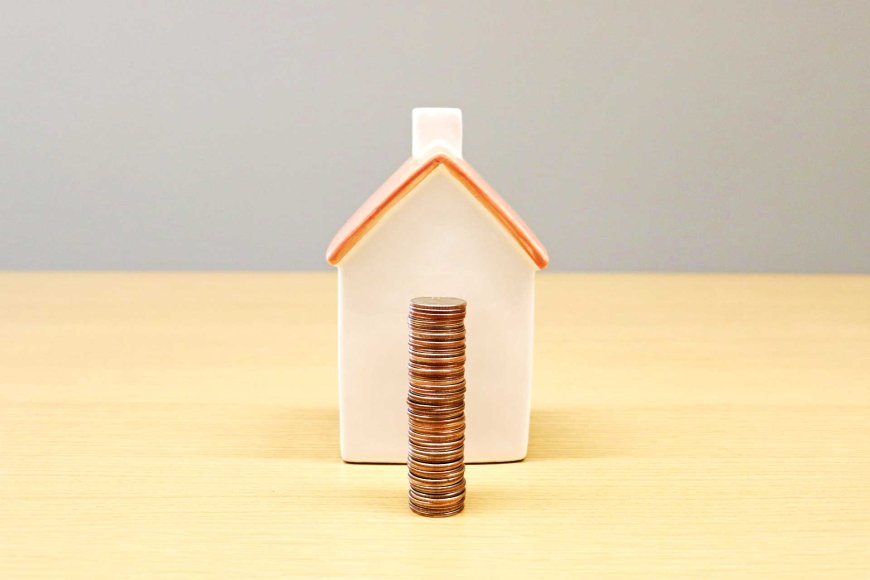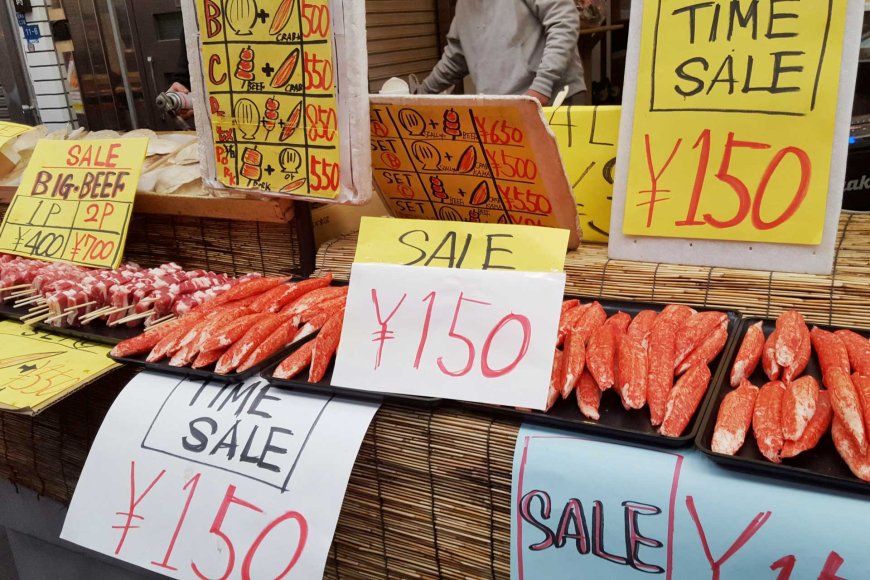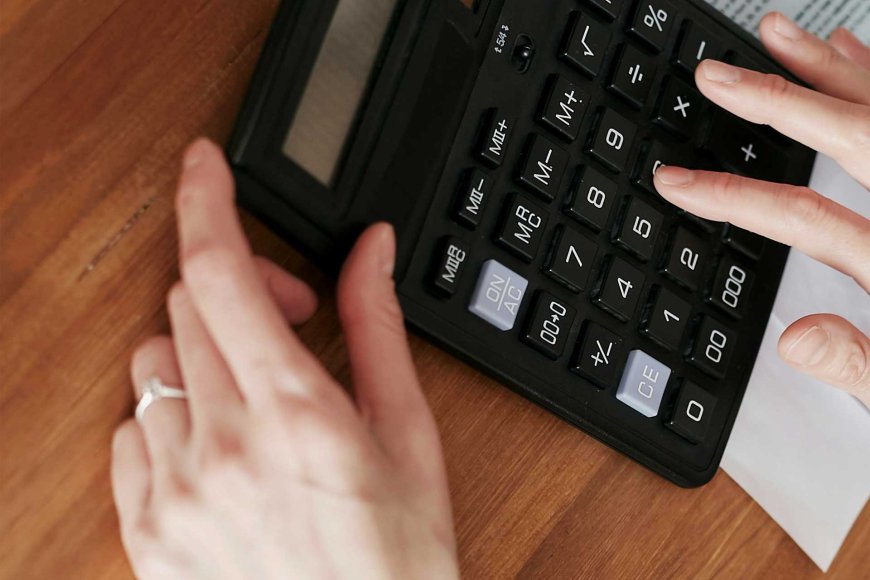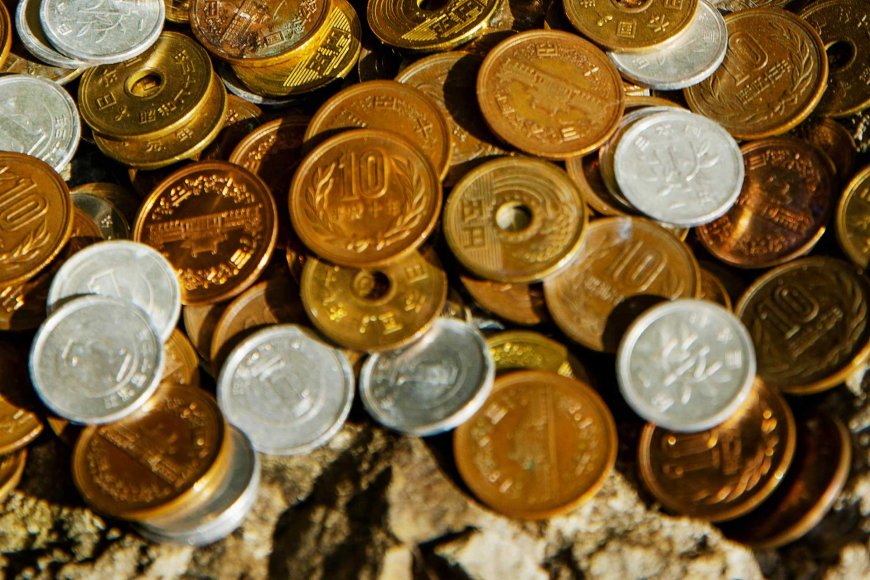Kakeibo (家計簿) – The Art of Household Budgeting in Japan
Kakeibo is a simple yet powerful household budgeting system from Japan that helps you become more mindful with your money. By writing down your expenses, you gain clarity, control, and can save up to 30% of your income.

Save more, spend smarter — the traditional Japanese method to take control of your finances.
Managing finances can be overwhelming, especially with the constant buzz of budgeting apps and digital expense trackers. But long before these modern tools existed, the Japanese had already mastered a simple yet effective way to manage household spending. This method is called Kakeibo (家計簿)—pronounced kah-keh-boh—a mindful, notebook-based budgeting system that has helped people save more and spend wisely for over a century.

What Is Kakeibo?
Kakeibo, which translates to “household financial ledger,” is a Japanese budgeting technique that involves manually tracking income and expenses. The concept dates back to 1904 and was popularized by Hani Motoko, Japan’s first female journalist. She introduced the Kakeibo as a practical tool for housewives to manage their family’s finances.
Unlike budgeting apps that automate expense tracking, Kakeibo requires you to physically write down every purchase, income source, and savings goal in a notebook. This simple act builds a deeper psychological connection with your money. When you’re mindful of your spending, you naturally become more intentional with your purchases.

The Four Spending Categories of Kakeibo
What sets Kakeibo apart from other budgeting systems is its unique classification of expenses into four main categories:
- Needs (Survival Essentials)
This includes rent, utilities, groceries, transportation, and other basic living expenses—anything that you absolutely need to survive. - Wants (Optional Luxuries)
These are non-essential items such as dining out, fashion accessories, or the latest gadgets. They're things you enjoy but could live without. - Culture (Education and Enrichment)
Spending on books, movies, art supplies, music, and other forms of personal growth and entertainment falls under this category. It’s about enriching your life and feeding your mind. - Unexpected Expenses
This includes emergencies, surprise gifts, medical bills, or sudden repairs—any unplanned financial burden.
By breaking expenses into these categories, Kakeibo helps you see exactly where your money is going, making it easier to control impulsive buying and prioritize what truly matters to you.

How to Start Using Kakeibo
Starting with Kakeibo is simple. All you need is a notebook and a pen. Here are the basic steps to follow:
1. Set Your Monthly Budget
At the beginning of each month, write down:
- Your total income
- Fixed expenses (e.g., rent, bills)
- Your savings goal for the month
- How much money you have left for variable spending
2. Track Your Daily Spending
Every day, write down what you spent, how much it cost, and which of the four categories it belongs to. This daily habit creates accountability.
3. Reflect Weekly
At the end of each week, review your spending. Ask yourself:
- Did I spend more than I planned?
- Were my purchases necessary?
- Could I have saved more?
4. Review Monthly
At the end of the month, analyze your overall spending:
- Did you meet your savings goal?
- Which category took most of your money?
- What can you improve next month?

The Psychological Benefits of Manual Tracking
One of the most powerful aspects of Kakeibo is its focus on mindfulness. Because you’re manually recording each transaction, you become more aware of your behavior and emotions related to money.
This mindfulness leads to better decisions and a natural reduction in spending. In fact, many people who adopt the Kakeibo system report saving 25–30% of their income, just by being more conscious of their habits.
Unlike digital apps that make tracking effortless (and forgettable), Kakeibo emphasizes effort and attention. This makes every yen or dollar feel more valuable.

Kakeibo vs. Budgeting Apps
While budgeting apps offer convenience and automation, they can sometimes disconnect users from their spending behavior. With Kakeibo, the manual process itself is the key benefit. It slows you down, encourages reflection, and creates a physical log of your financial journey.
That said, Kakeibo and digital tools aren’t mutually exclusive. Some people use apps for quick reference but maintain a Kakeibo notebook for deeper reflection and planning.

Why Kakeibo Still Works Today
In an age of instant gratification and one-click purchases, the simplicity of Kakeibo is more relevant than ever. It teaches you to pause, think, and make mindful decisions about your money.
Whether you’re looking to cut back on spending, achieve financial goals, or just build a better relationship with money, Kakeibo offers a timeless, proven method.
You don’t need fancy tools or complicated spreadsheets. Just a notebook, a pen, and the willingness to be honest with yourself.

Start Your Kakeibo Journey Today
Try the Kakeibo method for one month and see how it transforms your spending habits. You might be surprised by how much you can save—not by restricting yourself, but by becoming more aware of what truly brings value to your life.
Nipino.com is committed to providing you with accurate and genuine content. Let us know your opinion by clicking HERE.






























































